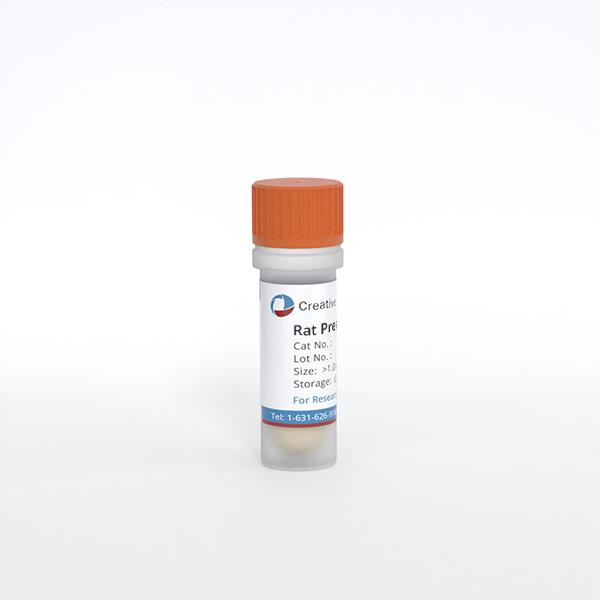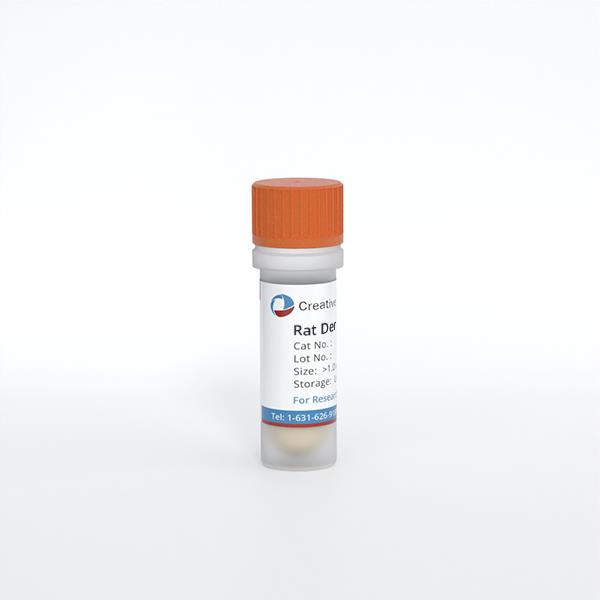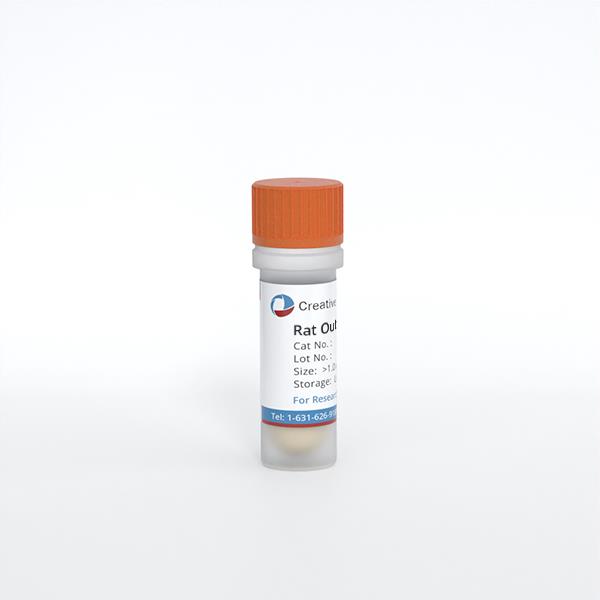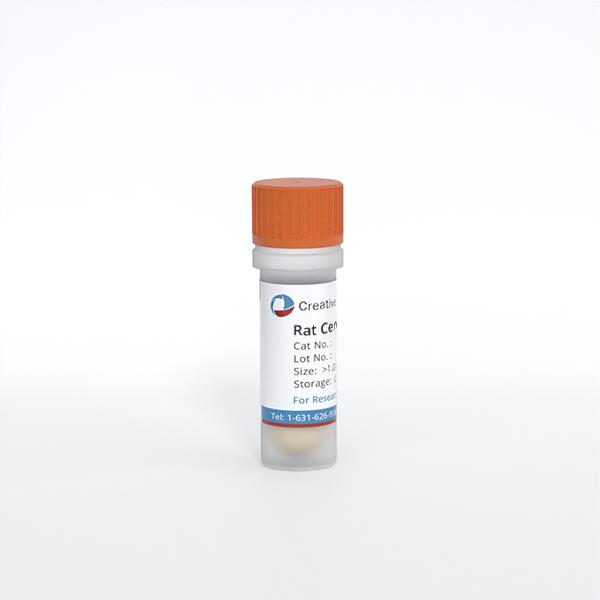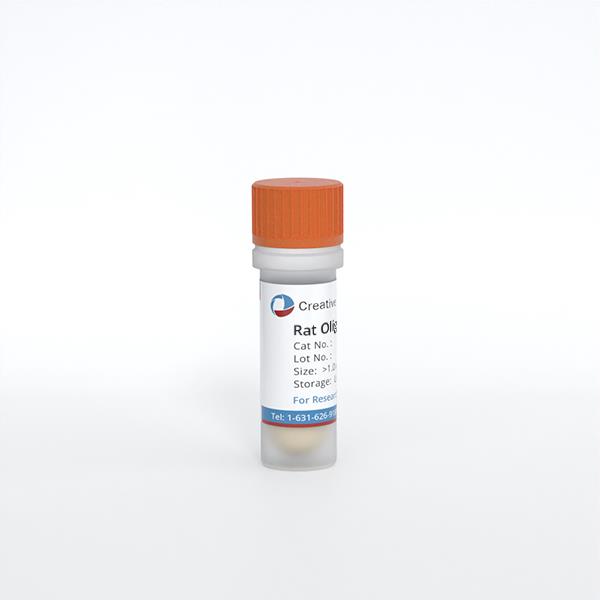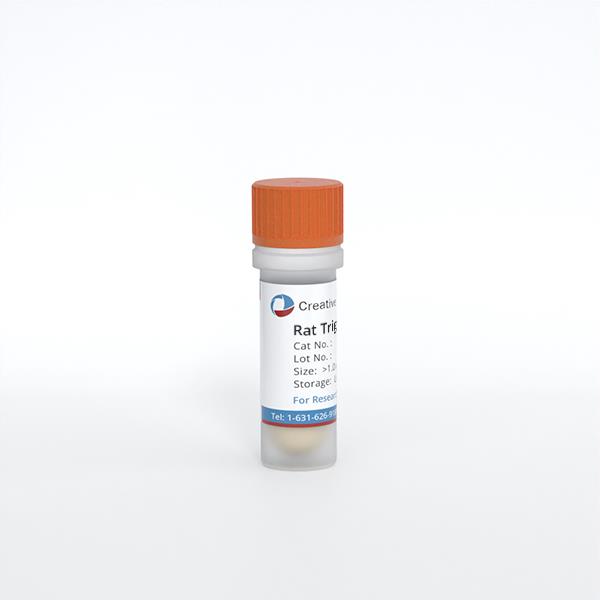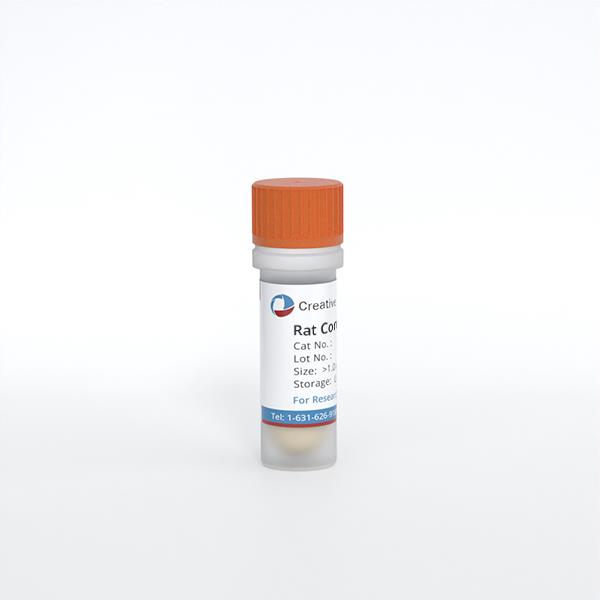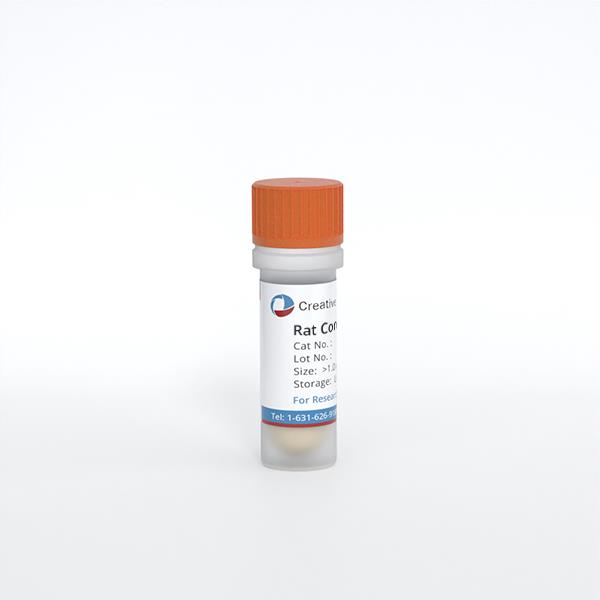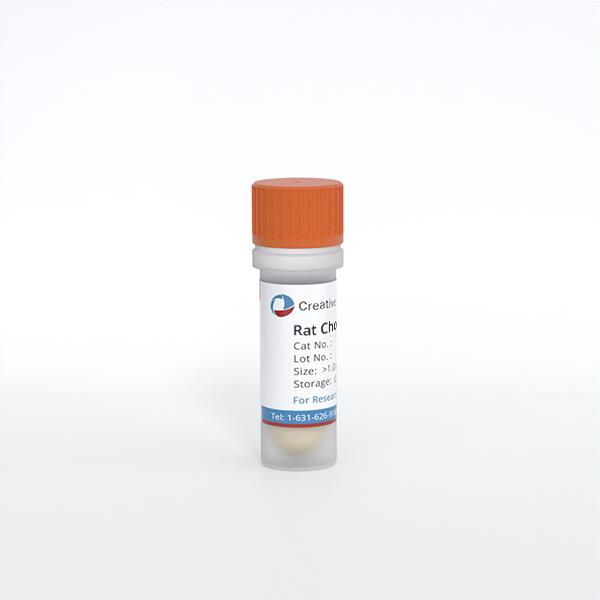Animal Primary Cells
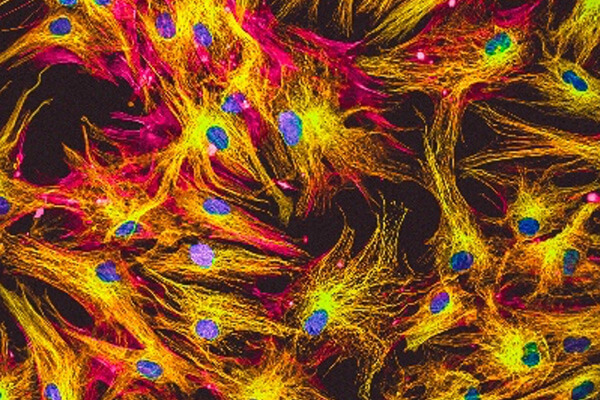
The animal cell model is an alternative for in vivo studying the biological functions of cells. As models for human systems, researchers can use animal cells to examine a wide range of disease mechanisms and evaluate novel treatments before applying the results of these investigations to humans. Animal cell culture has found use in diverse areas, from basic to advanced research.
- Studying basic cell biology, cell cycle mechanisms, specialized cellular functions, cell-cell and cell-matrix interactions
- Toxicity testing to study the effects of new drugs
- Gene therapy for replacing non-functional genes with functional gene-carrying cells
- Production of vaccines, monoclonal antibodies, and pharmaceutical drugs
- Production of viruses for use in vaccine production
Creative Bioarray's animal primary cells are isolated from normal or diseased animal tissues. They are rigorously quality tested to meet our high standard and specifications.
- Over 500 different lots available
- Isolated from both healthy and diseased animals
- Cryopreserved immediately after isolation
- Stored in frozen vials
Search our available specified cell types to find primary cell solutions for your research.
Filters Clear all filters
Species
- Bovine (20)
- Cat (1)
- Chicken (4)
- Dog (114)
- Fish (1)
- Fruitfly (1)
- Goat (2)
- Guinea Pig (6)
- Hamster (95)
- Horse (1)
- Human (793)
- Minipig (2)
- Monkey (128)
- Mouse (866)
- Pig (106)
- Rabbit (249)
- Rat (321)
- Sheep (2)
- Squirrel (1)
- Turkey (1)
Source
- Adipose (27)
- Adrenal Gland (10)
- Airway (7)
- Anus (3)
- Aorta (83)
- Artery (178)
- Bile Duct (9)
- Bladder (45)
- Blood (190)
- Bone (13)
- Bone Marrow (154)
- Brain (158)
- Breast (63)
- Bronchus (43)
- Cartilage (19)
- Cervix (5)
- Chorion (5)
- Choroid (8)
- Ciliary Body (1)
- Colon (63)
- Conjunctiva (8)
- Cord Blood (24)
- Cornea (24)
- Dental Pulp (4)
- Dermis (109)
- Diaphragm (3)
- Ear (9)
- Embryo (21)
- Endometrium (9)
- Epidermis (25)
- Epididymis (3)
- Esophagus (31)
- Eye (87)
- Foreskin (2)
- Gallbladder (4)
- Gingiva (18)
- Hair Follicle (15)
- Heart (62)
- Intestine (150)
- Iris (1)
- Kidney (144)
- Lens (4)
- Liver (118)
- Lung (188)
- Lymph Node (26)
- Mesentery (18)
- Nose (3)
- Oral Cavity (8)
- Ovary (70)
- Oviduct (6)
- Pancreas (66)
- Pancreatic Duct (3)
- Pancreatic Islet (11)
- Parathyroid Gland (4)
- Penis (6)
- Perineurium (1)
- Periodontal Ligament (5)
- Periodontium (23)
- Peripheral Blood (150)
- Peritoneal Cavity (14)
- Placenta (29)
- Prostate (62)
- Pudenda (2)
- Rectum (3)
- Retina (36)
- Salivary Gland (3)
- Sclera (3)
- Seminal Vesicle (1)
- Skeletal Muscle (35)
- Skin (152)
- Small Intestine (54)
- Spinal Cord (10)
- Spleen (71)
- Stomach (36)
- Synovial Fluid (2)
- Synovium (9)
- Tendon (6)
- Testis (14)
- Thymus (47)
- Thyroid (34)
- Tongue (4)
- Tonsil (3)
- Tooth (4)
- Trabecular Meshwork (2)
- Trachea (41)
- Umbilical Cord (27)
- Ureter (8)
- Uterus (57)
- Vas Deferens (1)
- Vein (103)
Cell Type
- Adipocyte (4)
- Astrocyte (32)
- B Cell (30)
- Basal Cell (3)
- Basophil (1)
- Beta Cell (3)
- Cardiomyocyte (14)
- CD133+ Cell (6)
- CD34+ Cell (21)
- Cholangiocyte (9)
- Chondrocyte (14)
- Dendritic Cell (15)
- Endothelial Cell (678)
- Endothelial Progenitor Cell (7)
- Eosinophil (1)
- Epithelial Cell (480)
- Fibroblast (447)
- Glial Cell (57)
- Granule Cell (2)
- Granulocyte (12)
- Hepatic Stellate Cell (9)
- Hepatocyte (23)
- Interstitial Cell (9)
- Keratinocyte (23)
- Keratocyte (3)
- Kupffer Cell (8)
- Leydig Cell (3)
- Lymphocyte (82)
- Macrophage (31)
- Mast Cell (3)
- Melanocyte (11)
- Meningeal Cell (4)
- Mesangial Cell (10)
- Mesothelial Cell (4)
- Microglia (6)
- Microvascular Cell (306)
- Monocyte (16)
- Mononuclear Cell (107)
- Myeloid Cell (2)
- Myoblast (5)
- Myofibroblast (3)
- Myosatellite Cell (2)
- Neuron (48)
- Neutrophil (10)
- NK Cell (11)
- Oligodendrocyte (3)
- Oligodendrocyte Progenitor Cell (4)
- Osteoblast (8)
- Osteoclast (2)
- Osteocyte (3)
- Pancreatic Stellate Cell (4)
- Pericyte (20)
- Podocyte (4)
- Preadipocyte (16)
- Progenitor Cell (15)
- Red Blood Cell (12)
- Retinal Ganglion Cell (3)
- Satellite Cell (2)
- Schwann Cell (4)
- Sebocyte (1)
- Sertoli Cell (5)
- Skeletal Muscle Cell (9)
- Smooth Muscle Cell (233)
- Spermatogonium (3)
- Stromal Cell (39)
- Synoviocyte (7)
- T Cell (37)
- Tenocyte (6)
- Trabecular Meshwork Cell (2)
- Trophoblast (4)
Disease
- Acute Lymphocytic Leukemia (ALL) (15)
- Acute Myeloid Leukemia (AML) (13)
- Amyotrophic Lateral Sclerosis (ALS) (4)
- Aplastic Anemia (AA) (1)
- Arteriovenous Malformation (AVM) (1)
- Asthma (5)
- Astrocytoma (2)
- Autoimmune Hemolytic Anemia (AIHA) (1)
- Autoimmune Lymphoproliferative Syndrome (ALPS) (1)
- Breast Cancer (8)
- Cancer (144)
- Cervical Cancer (2)
- Chronic Lymphocytic Leukemia (CLL) (19)
- Chronic Myeloid Leukemia (CML) (14)
- Chronic Obstructive Pulmonary Disease (COPD) (6)
- Colon Cancer (9)
- Crohn's Disease (3)
- Cystic Fibrosis (CF) (7)
- Diabetes (110)
- Diabetes Type 1 (16)
- Diabetes Type 2 (18)
- Diffuse Large B-Cell Lymphoma (4)
- Dilated Cardiomyopathy (DCM) (1)
- Duchenne Muscular Dystrophy (DMD) (5)
- Essential Thrombocythemia (ET) (1)
- Glioblastoma (3)
- Guillain-Barre Syndrome (GBS) (1)
- Hypertension (27)
- Idiopathic Thrombocytopenic Purpura (ITP) (1)
- Inflammatory Bowel Disease (IBD) (5)
- Iron-Deficiency Anemia (1)
- Kidney Cancer (3)
- Legg–Calvé–Perthes Disease (LCPD) (2)
- Leukopenia (1)
- Liver Cancer (3)
- Lung Cancer (12)
- Mantle Cell Lymphoma (MCL) (8)
- Melanoma (2)
- Mucopolysaccharidosis (2)
- Multiple Myeloma (MM) (12)
- Multiple Sclerosis (MS) (3)
- Muscular Dystrophy (MD) (1)
- Myelodysplastic Syndrome (MDS) (3)
- Neurofibromatosis (NF) (3)
- Non-Hodgkin Lymphoma (NHL) (10)
- Normal (2341)
- Osteoarthritis (OA) (4)
- Ovarian Cancer (6)
- Pancreatic Cancer (3)
- Pancytopenia (1)
- Parkinson's Disease (PD) (2)
- Plasmacytoma (1)
- Polycythemia (1)
- Prostate Cancer (6)
- Psoriasis (4)
- Rheumatoid Arthritis (RA) (6)
- Robertsonian Translocation (ROB) (1)
- Sickle Cell Anemia (2)
- Systemic Lupus Erythematosus (SLE) (4)
- Thrombocytopenia (1)
- Transverse Myelitis (TM) (1)
- Ulcerative Colitis (UC) (2)
- Waldenström Macroglobulinemia (WM) (2)
Description: Preadipocytes are fat cell precursors. They exhibit adipose fat depot specificity, and ...
Description: Damaged microvascular endothelial cells are involved in the occurrence of various diseases ...
Description: Dermal papilla cells are specialized mesenchymal cells that exist in the dermal papilla located at ...
Description: The outer root sheath is an extension of the epidermal basal layer which envelopes the entire hair ...
Description: The hair follicle begins at the surface of the epidermis. For follicles that produce terminal ...
Description: The skeletal muscle contains the muscle belly and tendons. The thin, creamy part at the ends is the ...
Description: Cartilage cells are mostly distributed in articular cartilage and are responsible for the secretion ...
Description: Motor neurons of the spinal cord are part of the central nervous system and connect to muscles, ...
Description: The cerebral arteries distributing flow from the circle of Willis continuously branch into smaller ...
Description: Glial cells are widely distributed in the central nervous system, and there are about ten times the ...
Description: Oligodendrocytes are an important part of glial cells in the central nervous system, and their main ...
Description: As the dorsal root emerges from the intervertebral neural foramina, it forms the dorsal root ...
Description: The dorsal root ganglion (DRG) is a collection of neuronal cell bodies of sensory neurons that ...
Description: The trigeminal nerve is the part of the nervous system responsible for sending pain, touch and ...
Description: The cornea is the transparent part of the eye that covers the front portion of the eye. The corneal ...
Description: The conjunctiva is the membrane that lines the eyelid and loops back to cover the sclera, right up ...
Description: The conjunctiva is the membrane that lines the eyelid and loops back to cover the sclera, right up ...
Description: The choroid is a thin layer of tissue that is part of the middle layer of the wall of the eye, ...
